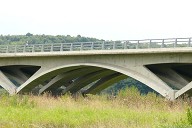Structural health monitoring at Cugnielertobel Bridge II and Lavoitobel Bridge
Modern automated structural health monitoring (SHM) systems have much to offer the responsible engineers in the construction, inspection, maintenance and renovation of structures in general, and of key structural components such as bridge bearings in particular. A structure's bearings are critically important for its proper long-term performance, and any loss of functionality can quickly develop into a serious problem for the structure.
Media
For example, if a bearing no longer enables a bridge deck to expand/contract or move as required by its design, enormous constraint forces can build up, potentially causing severe damage to the structure. It is therefore essential that the proper condition and functioning of a structure's bearings be adequately monitored, to ensure that any such loss of proper functioning, through deterioration, accidental damage or otherwise, is recognised in good time and appropriate actions are taken to protect the structure. Where the condition of a structure's bearings has been found to be questionable or where further confidence in the ongoing performance of the bearings is required, the use of an SHM system is an attractive alternative to traditional manual inspections. Not only are automated SHM systems far more accurate and precise than manual measurements, they can be designed to operate 24 hours a day, 365 days per year, thus ensuring that any sudden deterioration or damage is immediately recognised and reported to the responsible engineer or authority.
SHM at Cugnielertobel Bridge II
A current programme of bridge monitoring works in the Swiss Alps illustrates the usefulness of bridge bearings with integrated SHM. The main road connection between the towns of Thusis and Tiefencastel in the southern canton of Graubünden passes along the side of a mountain, in an area with unstable soil conditions. The soil in the area, down to a depth of approximately 25 m in some locations, is continually moving as a result of erosion, at a typical rate of approximately 20 mm per year (more in periods of heavy rainfall).
Four bridges in particular – the two Cugnielertobel Bridges (I and II) and two Caselertobel Bridges – are founded above the slippage plane, and their piers and abutments thus move with the superstructure as the soil moves, but it is an ongoing challenge to ensure the bridges' safety and serviceability, despite the installation of soil anchors. During recent bridge renovation works at the Cugnielertobel bridges, the structures' bearings were replaced, with the new bearings installed with a large preset (with the sliding plate on top not centred over the bearing's base) in order to compensate, in advance, for any movements of the superstructures relative to the abutments. The new bearings were also equipped with integrated pressure sensors, and with a cable connection point to enable portable monitoring equipment to be attached to read and record data.
Work is currently ongoing at the two Caselertobel bridges, where the existing load-measuring bearings (14 in total) are being retained, and a new portable monitoring unit is being specially adapted to read the data from those bearings. The monitored data from each of these systems will enable any redistribution of loading among the bearings at any bridge abutment to be identified, potentially indicating problematic soil movements. The recently developed current version of the portable unit is considerably lighter and more compact than the previous briefcase-held computer, and the monitoring system offers enhanced data evaluation capabilities – further improving the system's user friendliness and usefulness.
SHM at Lavoitobel Bridge
At the nearby Lavoitobel Bridge, a permanent SHM system with pre-integrated sensors was recently installed, in conjunction with the installation of new bearings. The structure, which opened to traffic in 1967, is an arch bridge with a main span of 105 m. The SHM system was provided to continually monitor the bridge's performance following the modification of its static design concept. During the planning of extensive renovation and strengthening works, it was decided to introduce longitudinal fixity to the deck at one end. This was achieved by the installation of new vertically oriented bearings to transfer longitudinal deck forces direct to the abutment and prevent movements at this end of the deck.
In order to verify that the adjusted structural design and load distribution operated as planned – both in the short term and on an ongoing basis – the responsible engineers decided to install an automated SHM system to monitor the forces acting on the new bearings. The bearings, which are of the pot type and thus contain elastomeric pads between their steel pot and piston parts, were equipped with pressure sensors at the elastomeric pad, enabling the force acting on each bearing to be readily calculated by the connected SHM system. In the event of any sudden or unexpectedly significant change in the force acting on a bearing, or in the load distribution among the different bearings, the SHM system will provide immediate alarm notification to the responsible engineers. The recently updated version of the on-site equipment consists primarily of a small, discrete central unit, with a solar panel integrated in its cover to provide power throughout the system's service life, sparing the need to connect it to a local power grid (if even available in sometime remote locations).
The choice of permanent and temporary systems
In the past, automated monitoring of bearings generally involved the use of separate, independent sensors, connected not to the bearing itself but to the main structure and provided, to all intents and purposes, as an afterthought. Improving technology has changed this, however, with bearings now available with sensors pre-integrated in their design and fabrication before they leave the factory. The SHM systems to which these sensors must be connected, in order to read the measured values and make them available for use, may be permanent or temporary, depending on project/structure circumstances and needs. As might be expected, a permanent system remains fully installed and functional, year after year, automatically measuring data – and typically transmitting it in real time to a central server where it is made available to the responsible engineer, e.g. via the internet. A temporary system, on the other hand, requires a portable monitoring device and a laptop or tablet computer to be brought to the structure and connected by cable to the bearing, enabling readings at that particular time to be measured and recorded. Where periodic readings suffice – for example, for the infrequent investigation or evaluation of specific issues – a temporary system will often suffice and minimise costs. But if frequent visits to a bridge are required to perform manual inspections, the investment in a permanent SHM system can be quickly paid off and easily justified.
The pros of early-stage consideration
As demonstrated by the bridge examples above, continually improving SHM technology can provide optimal data collection and analysis solutions to a wide range of structural engineering problems – in particular, when data from key structural components such as bearings is used. With both temporary and permanent systems available, solutions can be tailored to suit a specific structure's needs and a project's budget. But to maximise the efficiency and cost-effectiveness of any system that might require data from a structure's bearings (relating to loads, movements, vibrations, rotations, etc.), the potential use of an SHM system should ideally be considered already when specifying the bearings, enabling the technology to be pre-designed into them.
References
Structure Types
Similar Products & Services
- About this
data sheet - Product-ID
7457 - Published on:
18/01/2017 - Last updated on:
17/11/2021



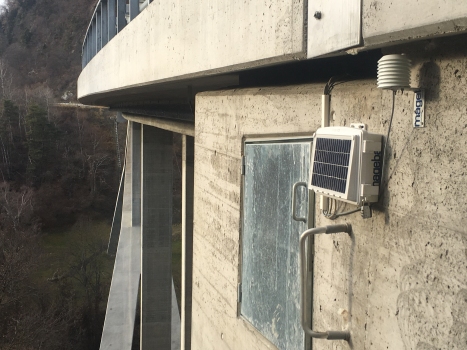
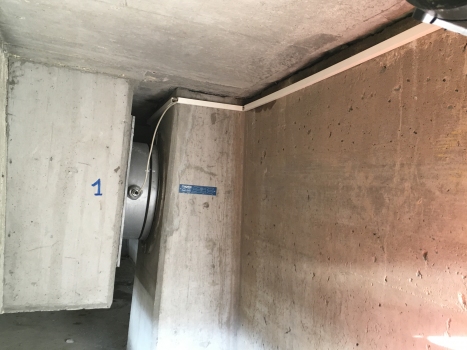
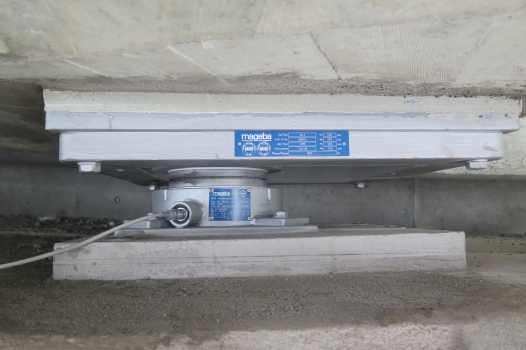
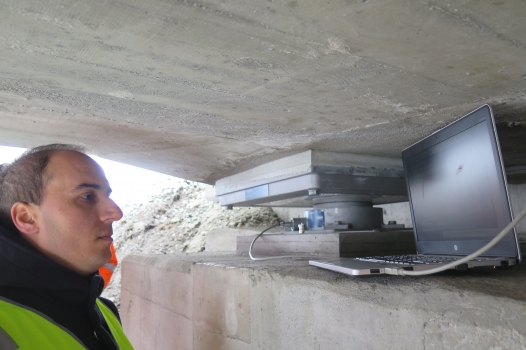
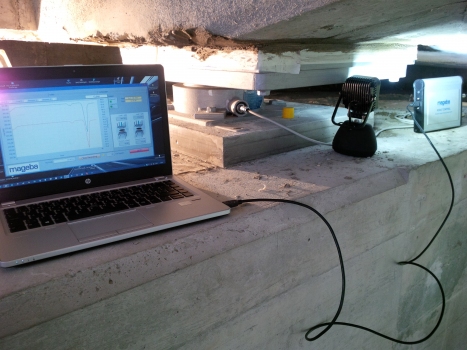
 mageba group
mageba group


